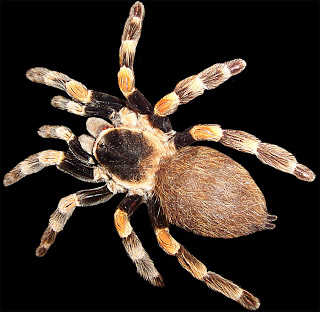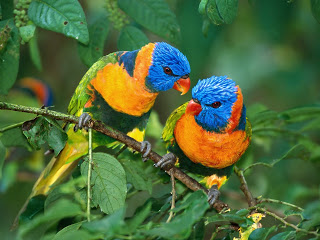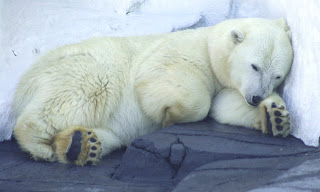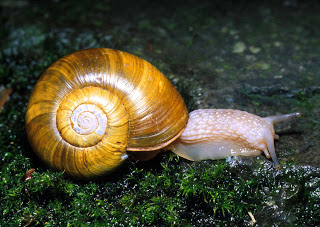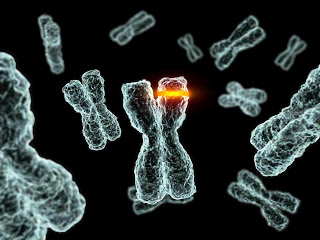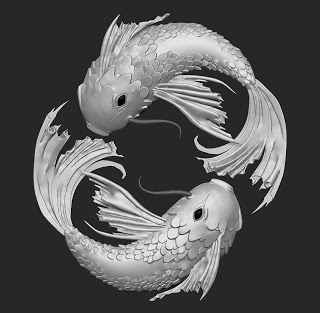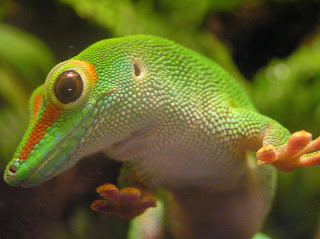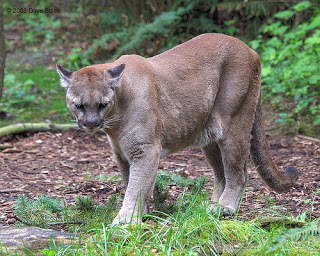 Amphibia:A group of vertebrate animals which are equally at home in water and on land and their skin lacks hair e.g.frogs and toads.
Amphibia:A group of vertebrate animals which are equally at home in water and on land and their skin lacks hair e.g.frogs and toads.
Arthropoda: A group of invertebrate animals having segmented body and jointed limbs. e.g. mosquito,fly crab, spider etc.
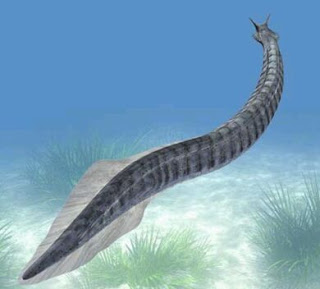
Chordate:The major division of animal kingdom including man and all mammals, birds, reptiles, amphibia and fishes. Mostly they have backbones.
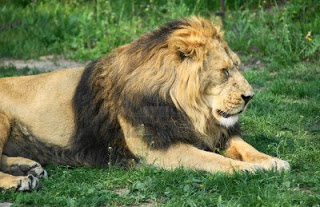 Mammal: Group of animals which include back boned hairy animals suckling its young e.g. man,dog etc.
Mammal: Group of animals which include back boned hairy animals suckling its young e.g. man,dog etc.
Protozoa:Animals of microscopic size which include mostly unicellular animals e.g. amoeba,entamoeba etc.
Reptilia: A group of vertebrate animals that creeps or crawls e.g. snakes,lizards, alligator,turtle etc.
Vertebrata:A great division of chordate animals whose backbone(vertebral column) consists of vertebrae.
Click on the Image to enlarge it.



